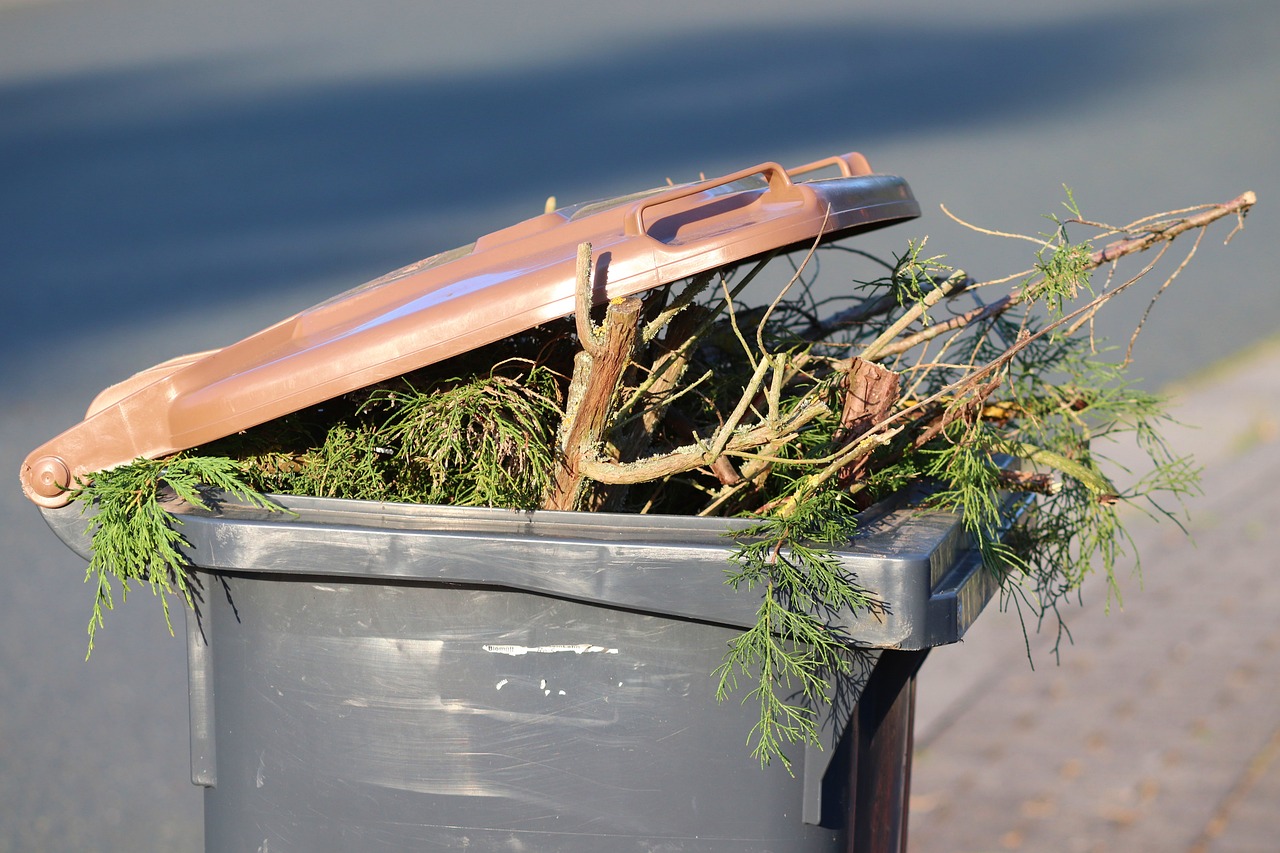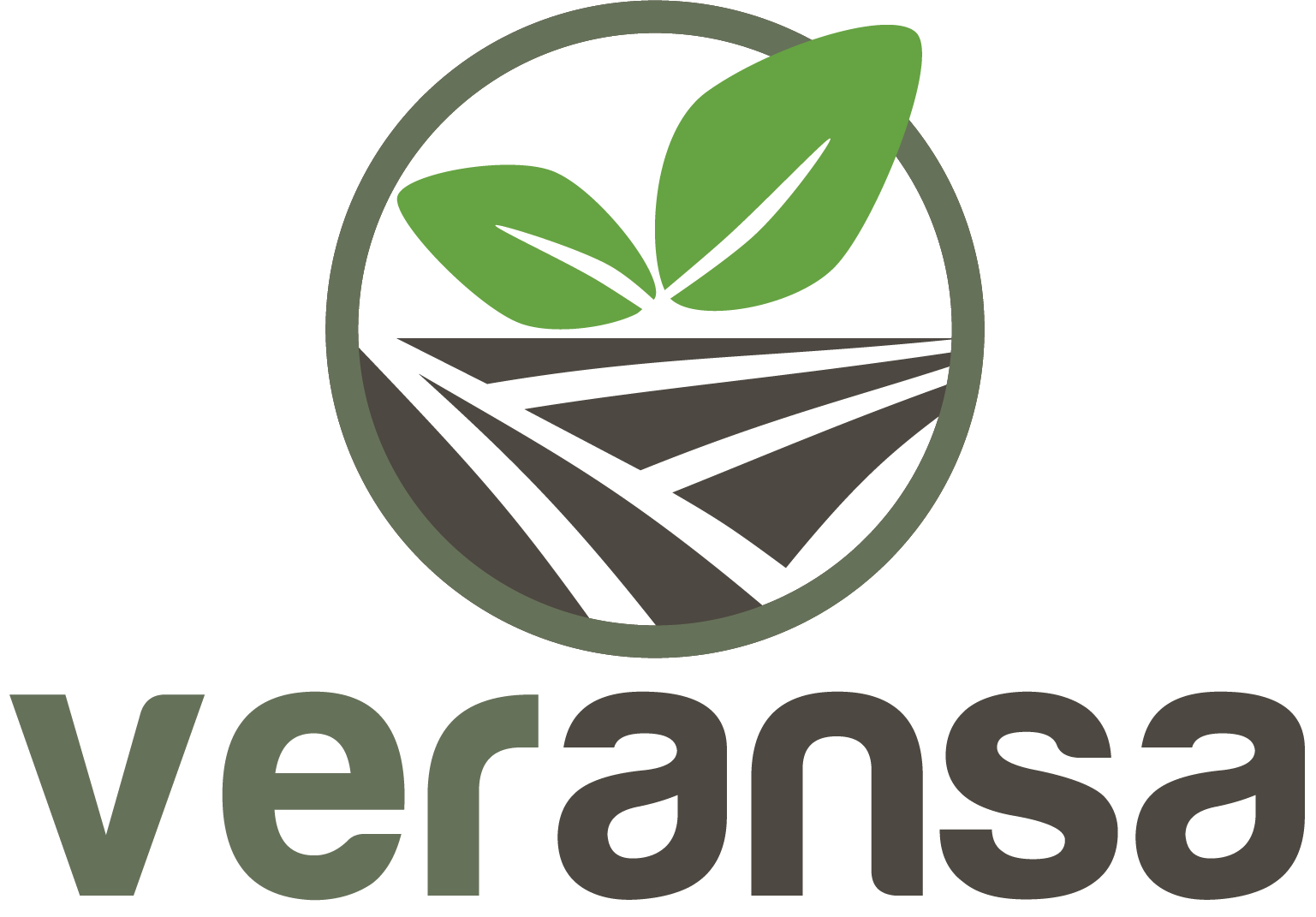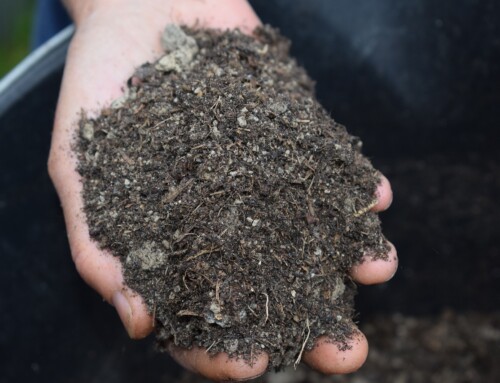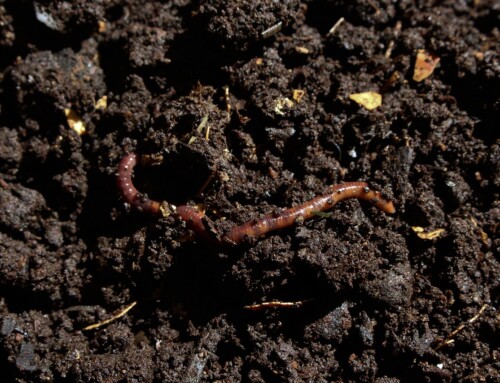Every year, millions of tons of organic waste—yard clippings, food scraps, tree debris—are discarded into landfills across the country. While this material is often viewed as garbage, it holds incredible potential when managed correctly. Through organic waste diversion, what was once trash becomes a vital tool in sustainable agriculture: premium compost.
At Veransa, we believe that the future of farming and environmental responsibility go hand-in-hand. By redirecting organic waste streams from landfills to composting facilities, we not only reduce environmental impact but also transform waste into valuable agricultural inputs that nurture the soil and support long-term productivity.

The Problem with Landfilling Organic Waste
Organic materials make up a significant portion of municipal solid waste. When these materials are landfilled, they decompose anaerobically, releasing methane—a greenhouse gas more than 25 times more potent than carbon dioxide. In addition to these harmful emissions, landfilling organic waste leads to:
-
Loss of valuable nutrients that could be returned to the soil.
-
Increased landfill costs and space usage.
-
Missed opportunities to create high-quality compost for agriculture, landscaping, and land restoration.
Simply put, throwing organic waste into the trash is both an environmental liability and a lost agricultural asset.
Composting: A Natural Recycling Process
Diverting organic waste to composting facilities creates a closed-loop system that mimics nature. Through controlled aerobic decomposition, organic materials are broken down by beneficial microorganisms into a stable, nutrient-rich soil amendment—compost.
At Veransa, we take pride in managing this process to the highest standards. Our composting operations use inspected green waste and pre-consumer food scraps only—no biosolids, manures, or animal byproducts—resulting in clean, carbon-rich compost ideal for agricultural use.
Benefits of Organic Waste Diversion for Agriculture
-
Nutrient Recycling
Compost reintroduces essential nutrients like nitrogen, phosphorus, and potassium into the soil. Unlike synthetic fertilizers, these nutrients are released slowly, improving plant uptake and reducing runoff. -
Improved Soil Structure
Compost enhances soil’s physical properties, increasing aeration, water retention, and root penetration. This helps crops thrive even in less-than-ideal growing conditions. -
Enhanced Microbial Activity
High-quality compost is rich in beneficial microorganisms that restore soil biology, promote plant health, and suppress disease. These microbes play a crucial role in breaking down organic matter and cycling nutrients efficiently. -
Carbon Sequestration
By diverting organic waste from landfills and using compost to build soil organic matter, farmers can store more carbon in the soil—a key strategy for mitigating climate change. -
Reduced Dependence on Chemicals
Healthier soil leads to healthier crops, reducing the need for synthetic fertilizers and pesticides. This not only saves money but also promotes more sustainable and regenerative farming practices.
Building a Circular Economy for Agriculture
Organic waste diversion isn’t just about reducing landfill use—it’s about building a circular economy that connects cities, communities, and farmers. Food scraps from restaurants and landscaping debris from neighborhoods can be transformed into the very materials that grow the next harvest.
This is the power of waste diversion: it turns a disposal problem into a sustainable solution, giving new life to what was once considered useless.
Veransa’s Commitment to Quality and Sustainability
At Veransa, our compost is produced under strict, repeatable processes and tested monthly by third-party labs to meet the US Composting Council’s Seal of Testing Assurance. Every pile is monitored for temperature, maturity, and microbial activity to ensure a final product that restores soil health and enhances agricultural productivity.
We are proud to be part of a movement that not only addresses the growing need for responsible waste management but also supports the critical mission of feeding our communities sustainably.
Ready to be part of the solution?
See how waste diversion fuels sustainable agriculture at www.veransa.com



